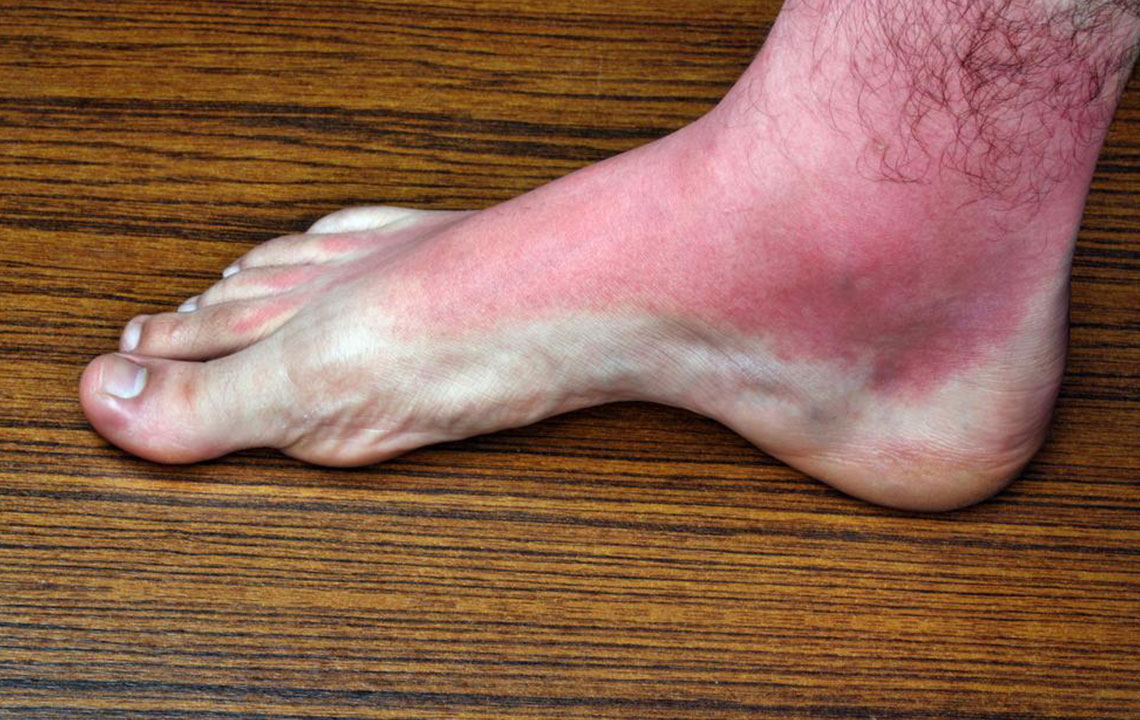Heat Rash Treatments and Preventive Measures

The summer season brings along skin irritations and rashes. The heat rays finally get to your skin, and you can find rashes mostly in the areas covered by clothing. Everyone from infants to elders is susceptible to heat rashes.
You need to first identify the rash. It will irritate and might get worse if you do not go for heat rash treatments. Many home remedies and medications can put a stop to it. What is more important is working on preventive methods so that it doesn’t happen again. You can enjoy the summer in peace once you have dealt with it.
Heat rash is a fairly common problem, and it happens to most people, so there is no cause for alarm. If these methods don’t work, there might be another infection that is causing the rashes. In that case, it is best to consult a dermatologist.
What is heat rash?
The red or pink rashes on parts of your body that are covered by clothes are called heat rashes. It happens because the air ducts are blocked. They swell up due to the heat and cause itching. This is commonly found in babies. However, in hot climates, it can affect adults too.
Heat rash occurs when the body is covered with too many clothes, and the skin is unable to breathe. Heat rash treatment involves treating the rashes. However, as a permanent solution, you need to make sure you are in a cool environment, and your body heat is under control.
How to identify a heat rash?
A heat rash is very easy to identify. It looks like dots or pimples all across the skin. It can appear in any part of the body. In sporadic cases when heat rash treatment is not done, a secondary infection may appear. So, it is best to identify it and treat it immediately.
If your heat rash disappears in 3 or 4 days, you will not have to worry. However, if the symptoms get worse, you must seek medical attention. Here are few things you should look out for.
- Swelling, redness, and itching in the area.
- Increased pain and red streaks extended from the region.
- Fever or chills with an unknown cause.
Heat rash treatment options
Home treatments for heat rash
There are many ways you can cure a heat rash. It is best if you try home remedies before any medication. Curing the rashes at home will reduce the chances of side effects. Besides, rashes could also be a reaction to some medication. So try these remedies for relief from heat rashes for immediate relief.
- Wear loose clothes till the rash gets better.
- Make sure you stay a cool place all day. This will help heal the rash sooner.
- Keep the skin exposed for a while.
- Do not use ointments or lotions in the region as it will only make it worse.
- Ensure that the skin is cool. Frequent baths will help.
- Avoid using soaps that have too many chemicals.
- Don’t use oil-based products as it can block the pores.
- Keep yourself hydrated by drinking plenty of water.
- Avoid going out in the sun for too long.
Medical treatments for heat rash
Ointments can be used for severe heat rash to relieve the discomfort and prevent further complications. Here are a few ointments that can help you recover in no time.
- Calamine lotion
This lotion is suggested for most forms of skin rashes. It helps soothe the itching.
- Topical steroids
These are used only in the more severe cases and only after suggested by doctors.
- Anhydrous Lanolin
As the rashes are caused because the duct is blocked, this ointment helps prevent duct blockage. It also stops new lesions from forming on the skin. The heat rash fades when the skin is allowed to cool.
Preventive methods
You can avoid heat rashes by staying in cool regions like under a fan or an AC at all times. It is best to wear loosely fitted clothes so that your skin will have space to breathe. Take more precautions during the summer as this is when a heat rash is most common. Drink plenty of water and fruit juices so that your body temperature is in control.
Take more showers and dry yourself properly. These methods are sure to help you stay away from heat rashes and any of its symptoms.
The skin protects the body from the harsh UV rays and other chemicals from damaging the body. The body temperature is regulated by sweating. It serves as a perfect line of defense for the most part by sweating, and so heat rashes are formed when the pores are clogged. As the sweat can’t get to the surface, it becomes trapped beneath the skin and leads to mild inflammation and rash. It is best to go for heat rash treatments for relief.


